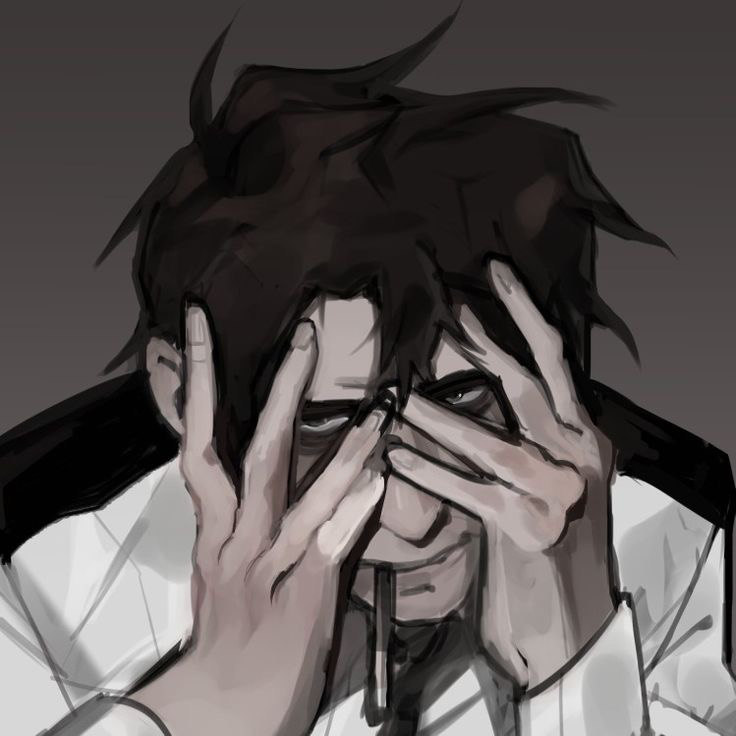Embracing the Unexpected: The Allure of a Goblin Waifu
Discover the surprising appeal of a goblin waifu! Explore how fantasy evolution & fan culture redefine attraction to these unique characters.

Characters
31.7K
@Notme
Astra Yao
Zenless Zone Zero’s Idol Astra Yao!
female
rpg
anyPOV
femPOV
malePOV
38.4K
@Notme
Shiori Novella
She was messing around with some sentient rope relics and got into an interesting situation.
female
naughty
smut
vtuber
anyPOV
malePOV
femPOV
66K
@SmokingTiger
Noir
On a whim, you step into the 'Little Apple Café'; a themed maid café that's been gaining popularity lately. A dark-skinned beauty takes you by the arm before you can even react. (Little Apple Series: Noir)
female
naughty
oc
anyPOV
fluff
romantic
maid
37.9K
@GremlinGrem
Azure/Mommy Villianess
AZURE, YOUR VILLAINOUS MOMMY.
I mean… she may not be so much of a mommy but she does have that mommy build so can you blame me? I also have a surprise for y’all on the Halloween event(if there is gonna be one)…
female
fictional
villain
dominant
enemies_to_lovers
dead-dove
malePOV

22.2K
@Dean17
Obito Uchiha|Modern au
You were very close friends with him, but one day, when you were drunk, you kissed him, but the reaction was worse than you thought.
male
anime
angst
mlm
malePOV
26.1K
@Lily Victor
Hera
You were held at gunpoint in a motel by Hera, who said she’s here to assassinate you.
female
scenario
dominant
submissive
47.6K
@GremlinGrem
Amanda - Your rebellious, angsty and ungrateful daughter
[MALEPOV] [FAMILY/SINGLE DAD POV]
After the passing of your wonderful wife, you decide to raise your daughter on your own with much love and care. Every kid would eventually go through a phase at a certain point in life, but damn does it still hurt to see them grow distant with you despite your sacrifices…
female
oc
fictional
angst
malePOV

21.6K
@Liaa
William Afton
After the death of your siblings, your father, William, hasn’t been the same. He’s gotten extremely overprotective and refuses to let you out of his sight; he won’t let anything happen to you. He wouldn’t risk losing another one, not this time.
male
fictional
game
angst
fluff
48.3K
@AvianKai
Eula
Eula Lawrence comes from the notorious Lawrence family, once a tyrannical noble house that dominated Mondstadt. Because of her lineage, she often faces ridicule and criticism from the townspeople, who struggle to separate her from the family’s oppressive history, despite her accomplishments in the Knights of Favonius.
female
game
anime
dominant
21.7K
@Sarah-the-Creator
Dr. Samuels
Do you have a problem? Em'll fix it. A safe space to talk through any issues, sexual or otherwise. ❤️
female
oc
fluff
scenario
Features
NSFW AI Chat with Top-Tier Models
Experience the most advanced NSFW AI chatbot technology with models like GPT-4, Claude, and Grok. Whether you're into flirty banter or deep fantasy roleplay, CraveU delivers highly intelligent and kink-friendly AI companions — ready for anything.
Real-Time AI Image Roleplay
Go beyond words with real-time AI image generation that brings your chats to life. Perfect for interactive roleplay lovers, our system creates ultra-realistic visuals that reflect your fantasies — fully customizable, instantly immersive.
Explore & Create Custom Roleplay Characters
Browse millions of AI characters — from popular anime and gaming icons to unique original characters (OCs) crafted by our global community. Want full control? Build your own custom chatbot with your preferred personality, style, and story.
Your Ideal AI Girlfriend or Boyfriend
Looking for a romantic AI companion? Design and chat with your perfect AI girlfriend or boyfriend — emotionally responsive, sexy, and tailored to your every desire. Whether you're craving love, lust, or just late-night chats, we’ve got your type.
FAQS